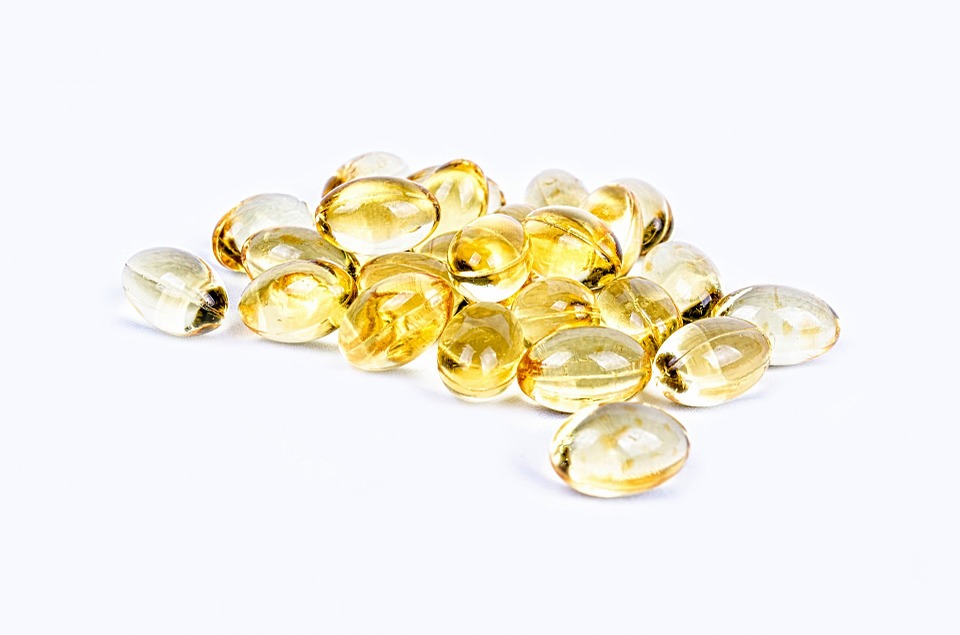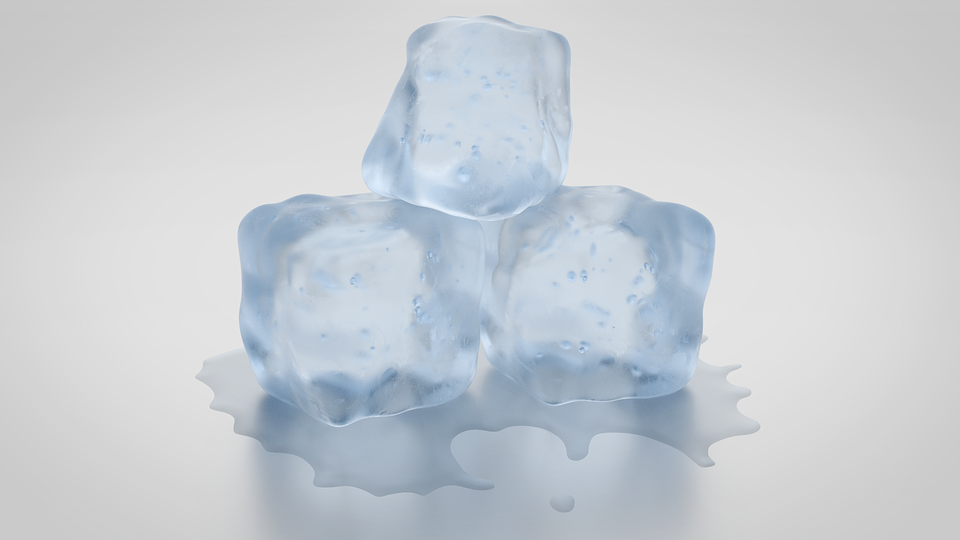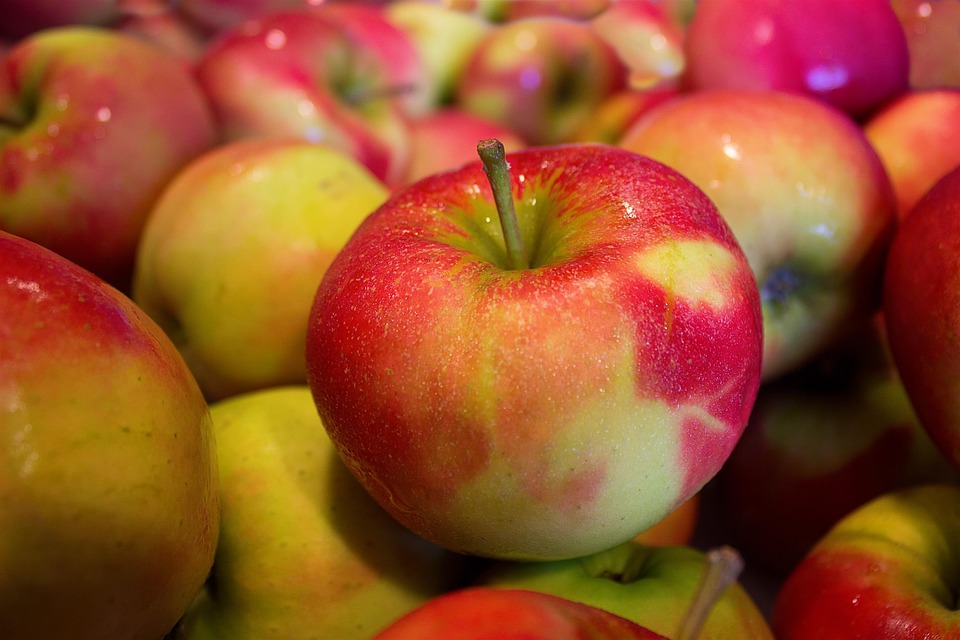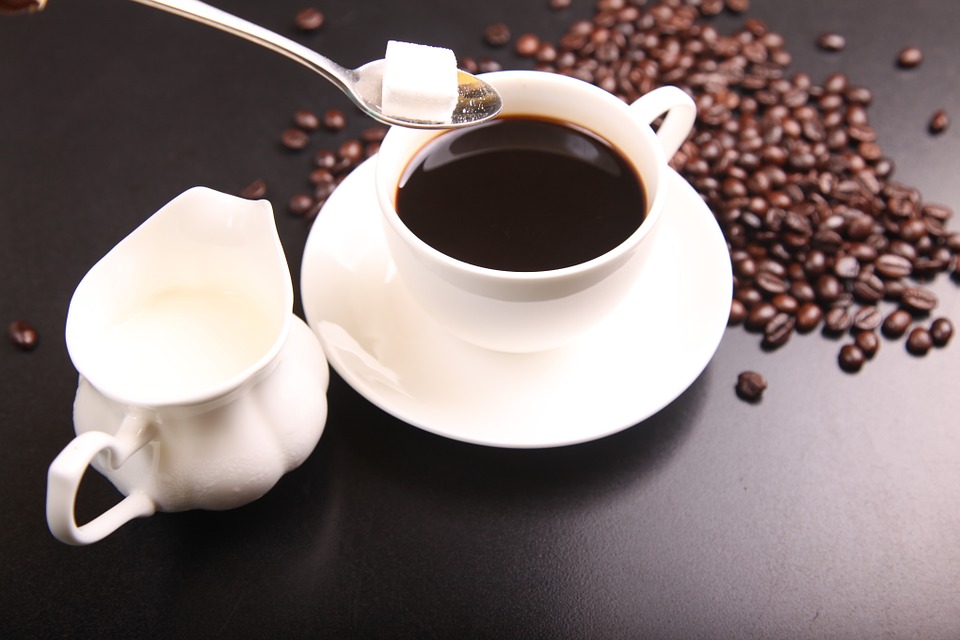People who suffer from migraines know that this can be a debilitating condition. Many have tried several different pain relievers with no relief. It often leaves the sufferer to look into marijuana for relief because sometimes they have no other choice. This article explores whether marijuana works, and other helpful remedies that may help.

Does Marijuana for Migraines Really Work?
In a study published by The US National Library of Medicine, marijuana use was shown to decrease migraine headaches from 10.4 migraines per month all the way down to 4.6 headaches per month.
 Researchers still aren't sure how marijuana works in the brain, but they do know that it somehow affects the serotonin. Cannabinoids can also slow down the brain processes, kind of "dimming" the lights inside the brain. It may be that when things are slowed down, the naturally occurring chemicals inside the brain stop causing the migraine.
Researchers still aren't sure how marijuana works in the brain, but they do know that it somehow affects the serotonin. Cannabinoids can also slow down the brain processes, kind of "dimming" the lights inside the brain. It may be that when things are slowed down, the naturally occurring chemicals inside the brain stop causing the migraine.
Migraine sufferers report that using marijuana for migraines literally stops them in their tracks as soon as the drug is ingested. The best reported effects for these positive results were from inhaled marijuana and not the edible types.
Are There Any Side Effects?
Most side-effects of marijuana are mild and tolerable by most people who use it on a regular basis. People who are new to marijuana use may not tolerate side-effects well. The side-effects are stronger when ingested. Side-effects come in two categories, short-term and long-term. They include:
Short-Term Side Effects
- Anxiety
- Rapid heart rate
- Lack of coordination
- Distorted senses
- Feeling high and then sleepy
- Slowed reflexes
Long-Term Side Effects
- Memory loss
- Mood swings
- Lack of motivation
- Low sex drive
- Increased infections/low immunity
- Growth retardation in teens
- Reduced ability to learn
Many people who don't want to smoke choose edible marijuana for migraines. It is important to look at the different potencies of both to avoid unwanted effects. These include:
1. Absorption of THC
When the THC in marijuana is eaten the liver breaks it down into a substance that heads straight for your brain and the high can be very intense. When you smoke marijuana it goes through a couple different processes before it reaches the brain in a less potent state.
2. Dosing Errors
Inhaled marijuana takes effect within just a few minutes. You feel the high almost right away and can tell when you need to stop taking it. With edibles, the high takes a little longer to take effect, in the meantime you don’t know if you’ve had enough and you keep eating more. All the while, it builds up in your system and you may get too much. This can cause side-effects that are very unpleasant.
3. Timing of Effects
As stated above, you may not feel the effects of edibles right away and might eat too much. They say you should take only a small dose by mouth and wait up to 2 hours to feel the effects. This doesn't really work for migraine sufferers needing to feel better quickly.
4. Potency Issues
If you buy commercially made edibles, batches may be inconsistent. Some of your larger dispensaries that sell edibles are not regulated to test the potency of their batches. You may get a batch that is extremely potent or a batch with no potency.
Other Remedies to Relieve Migraines
If you are looking into alternatives that are natural and healthy for your body and don't want to use marijuana for migraines, these tips might be helpful:
1. Know Your Triggers
Keep an eye on the things that trigger migraines for you. Try keeping a diary of foods, things you do, and stress triggers. Keep track of when you have migraines and you can look back and see what is causing them.
 2. Watch Alcohol Use
2. Watch Alcohol Use
Certain types of alcohol may contain things you are allergic to like sulfites. If you find you get migraines about 8 hours after a drink, you may be reacting to something in it. Different types of alcohol can do this like wine, champagne and beer. Some people have better luck with mixed drinks or vice-versa.
 3. Sleep Routines
3. Sleep Routines
If you stay up too late and get up too early, this may trigger migraines. It is helpful for migraine sufferers to develop consistent sleep routines, going to bed and waking at the same times every day. Make sure you are getting a minimum of 7 hours sleep every night.
 4. Eat Regular Meals
4. Eat Regular Meals
Skipping meals is risky for anyone, but migraine sufferers tend to do better with stable blood sugar levels. Just make sure you eat a wide variety of whole and healthy foods. Eat often and make sure you eat protein at every meal. Stay away from highly processed foods, msg, and other preservatives or additives.
 5. Try Supplements
5. Try Supplements
Instead of using marijuana for migraines, vitamin B2 may help to prevent migraines and is a better choice. Try taking 400mg riboflavin daily. You can also try adding a small amount of CoQ10 with your doctor's permission.
 6. Feverfew
6. Feverfew
Herbal practitioners recommend feverfew for migraine prevention. It is a natural pain reliever and helps to relax tense muscles. Practitioners usually recommend the capsule form to prevent the bitter taste. The recommended dosage is 250 mg a day.
 7. Ice
7. Ice
Ice is a natural anti-inflammatory that can help shrink blood vessels and relieve the pain of a migraine. Take a handful of ice and place in a plastic bag. Cover with a towel to protect your skin and apply for 20 minutes at a time.
 8. An Apple a Day
8. An Apple a Day
As the old saying goes "an apple a day keeps the doctor away" is quite helpful when you're looking for natural remedies. If you eat one apple at the onset of a migraine, it may help reduce the severity of the headache.
10. Coffee
 Any type of headache is often relieved with a good old cup of coffee. Caffeine is actually an ingredient in a few different types of migraine medications. A migraine can also be brought on by caffeine withdrawal. Just don't overdo it. At the onset of a migraine, drink one cup of caffeinated coffee. If your headache isn't gone in an hour, try another cup.
Any type of headache is often relieved with a good old cup of coffee. Caffeine is actually an ingredient in a few different types of migraine medications. A migraine can also be brought on by caffeine withdrawal. Just don't overdo it. At the onset of a migraine, drink one cup of caffeinated coffee. If your headache isn't gone in an hour, try another cup.
